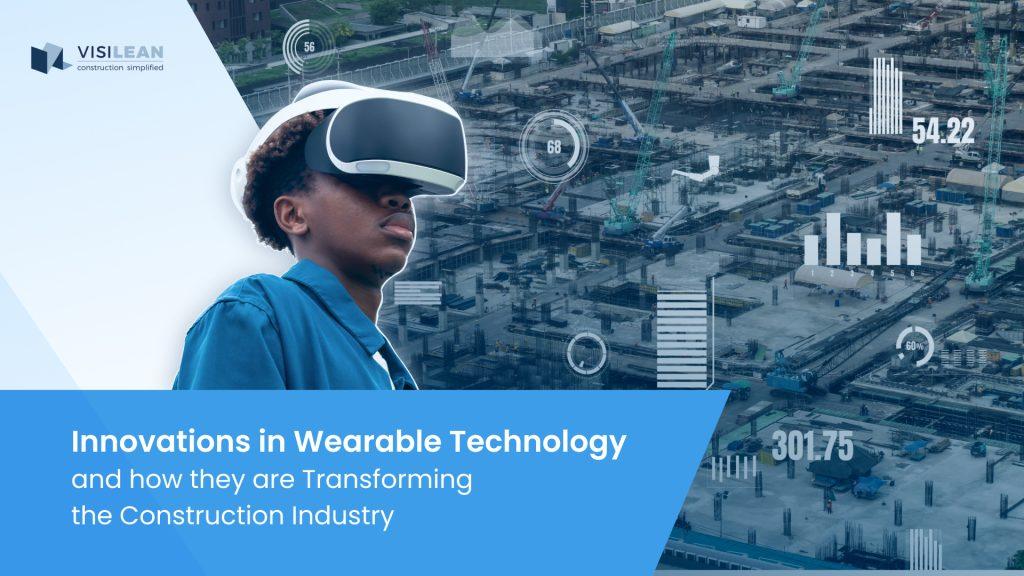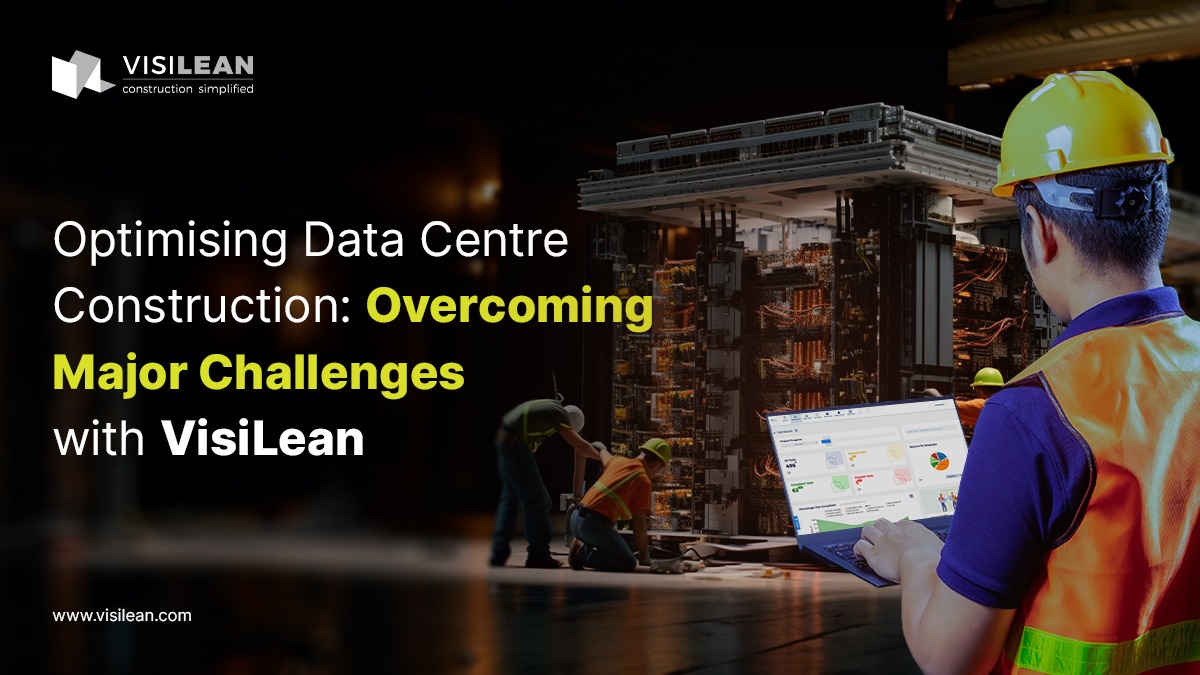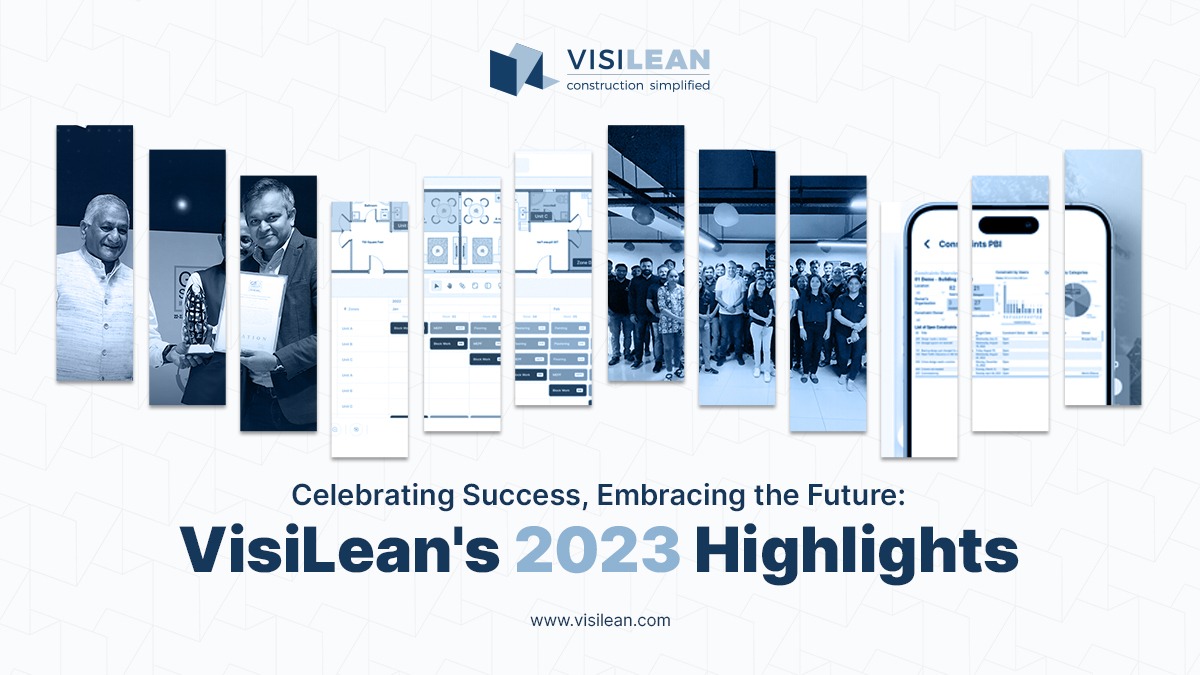Wearable technology is becoming more and more popular with people of all ages. From fitness trackers to smartwatches, wearable technology helps people stay healthy, organized, and in control of their lives. However, the benefits of wearable technology are not just limited to individuals. It has a wider scope in businesses, especially the construction industry. Let us take a look at how the construction industry benefits from using wearable technology, especially after the advent of construction software solutions.
As usual, let’s start with some basic statistics. According to a report by the U.S Chamber of Commerce, in 2018, only 6% of contractors used wearables on construction sites. This number is expected to go up to 33% in the next three years.
So, why has the construction industry, which is slow to adopt technology, started to make this positive move? This brings us to more statistics.
52% of rework is caused by poor project data and miscommunication. This means, that $31.3 billion was lost in rework in the U.S.A. alone in 2018.
[Autodesk + FMI]
The budget for the construction industry is enormous. However, in the UK alone, the construction industry spends more money than its annual profits on rework and correcting errors. Much of it, say industry insiders, are avoidable errors. These errors sometimes put people’s lives at risk too! In a bid to identify and do away with such errors, the industry is embracing wearable technology. And that brings us to more statistics.
60% of general contractors and trades feel using software to manage safety and/or inspections during construction is of high value to improving this process.
[Autodesk & Dodge Data & Analytics]
As the figures say, more and more construction firms have turned to wearable technology as a way to improve safety and efficiency on job sites. Devices like Google Glass and Microsoft HoloLens allow construction workers to access information about their projects and the environment around them without hampering the workflows. And that is not all. A construction manager can use wearable devices to track the location of workers on a job site or to monitor equipment usage. In addition, developers are beginning to explore the use of wearables to measure employee productivity and safety. Stakeholders can also do real-time 3D mapping of construction sites and collect data to improve their construction processes.
So, what qualifies as a wearable device in the construction industry?
Wearable devices can be worn physically by people at a construction site. These devices collect data from the surrounding environment and provide insights based on which actions can be taken. These can range from smartwatches and smart helmets to bionic suits, smart glasses, and sensors to name a few. Most of these devices allow the user to communicate better and enhance the data collection modes.
What are the most beneficial wearable devices in the construction industry?
There are several types of wearables devices that are being used in the construction industry. They can be broadly classified as,
Visual wearables:
Picture a normal construction worksite. You see people in hard hats all around. Now, imagine a scenario where these hard hats are fitted with optical aids that can reproduce images from the worksite to remote viewers. This allows the worker to share visual information that can then be overlaid on actual work environments leading to quicker decision making and a reduction in errors.
Tactile wearables:
The Construction industry is accident-prone. A tactile wearable like an exoskeleton enhances the wearer’s strength and endurance. This helps reduce strains and sprains, thereby helping boost the morale of the worker. That is not all. Exoskeletons could be the start of accepting robots on-site, and that will change the construction industry like never before. Bionic suits are also in demand now.
Sensing wearables:
From reading the workers’ environments to their physical conditions, sensing wearables analyse a wide range of data and warn the project team of potential hazards. They come as clip-on wearables, wrist bands, badges, biosensors, and more. They can sense location, potential impact, and other vital signs, providing critical information based on which teams can take action. It is a quicker way to collect and analyse data from the construction site, when compared to conventional processes.
Why Invest in wearable technology?
Taking all the above-mentioned factors into account, investing in wearable technology, even though it is expensive, is the need of the hour. It can offer several advantages – both on and off the worksites.
1) Safety
Construction workers are exposed to a lot of hazards in the workplace. They are often required to work in extreme weather conditions and at elevated heights. This puts them at a higher risk of sustaining injuries on the job. In fact, according to the Bureau of Labor Statistics, construction workers suffer from almost twice as many workplace injuries as the average American worker. To combat this, many construction companies are turning to wearable technology to help keep their workers safe. During Covid 19, when there were strict stipulations about social distancing at worksites, wearable devices came in handy.
2) Reduced costs
Wearables enable remote collaboration by making data easily available, ensuring that you save time and resources. In most cases, wearables feed data to customised dashboards, which enables stakeholders and supervisors to view data and draw insights with specific job sites, job categories, job functions, and employees, thereby reducing rework and hence, the costs.
3) Improved productivity
The wearables collect data about the worker and the worksites. This helps the employer collate and coordinate work shifts and this leads to improved work safety measures. Needless to say, the morale of the staff increases and hence, the productivity increases. The data collected can be used with the help of construction management software for more insights. The ideal use of the data sets helps keep the costs under check.
What are the benefits of wearable devices?
- Construction projects are generally very complex. There are different stakeholders and timelines in place. Wearable devices help project teams to get more input in terms of visuals. And visuals bring you more clarity and access to information.
- The safety of the construction crew is greatly enhanced with a wearable device.
- A smartwatch or a communication device helps make two-way communication easier, thus reducing time spent.
- Streamlined data collection and analysis.
- The scope for collaboration increases manifold.
How do wearable devices tie in with VisiLean?
At the core of VisiLean is production management which is designed to enhance planning, monitoring, and control decisions for your construction projects. To feed this decision making, data is of the essence and accurate-reliable data in real-time sits at the heart of this loop. With wearable technology offering environment and user data, VisiLean can offer enhanced execution monitoring that can enable the team to deploy better control measures through simple, visual tools. This allows the workflows to be more collaborative and reduces the number of errors.
Want to know more about us? Head to https://youtu.be/vALoybf0zpM, or visit our website, https://visilean.com to learn about all our features! You can also book a demo with our team!







